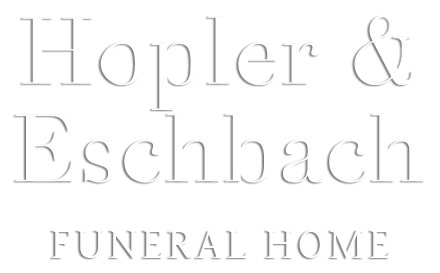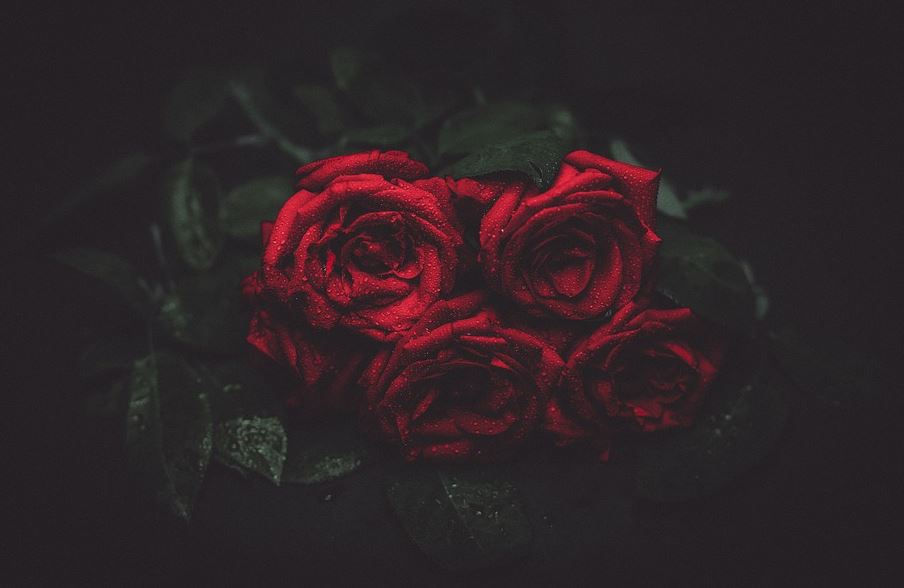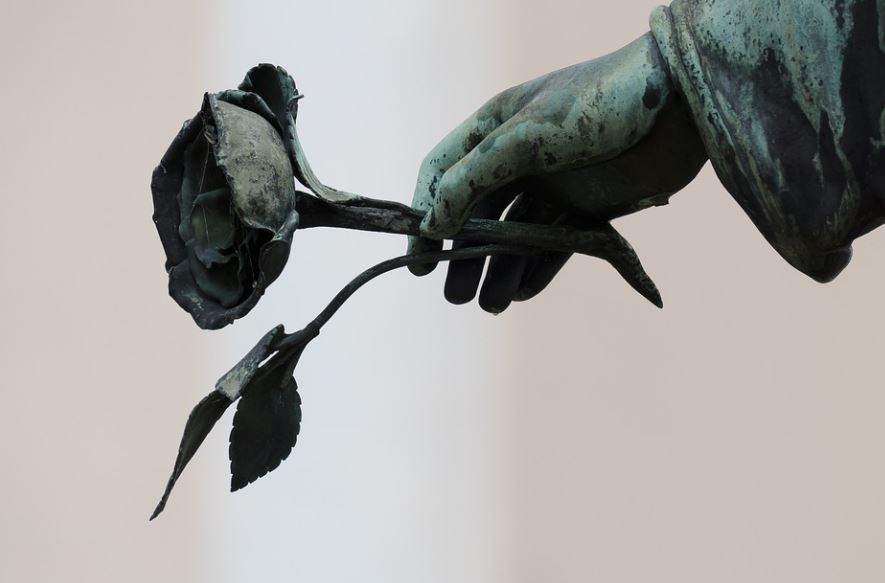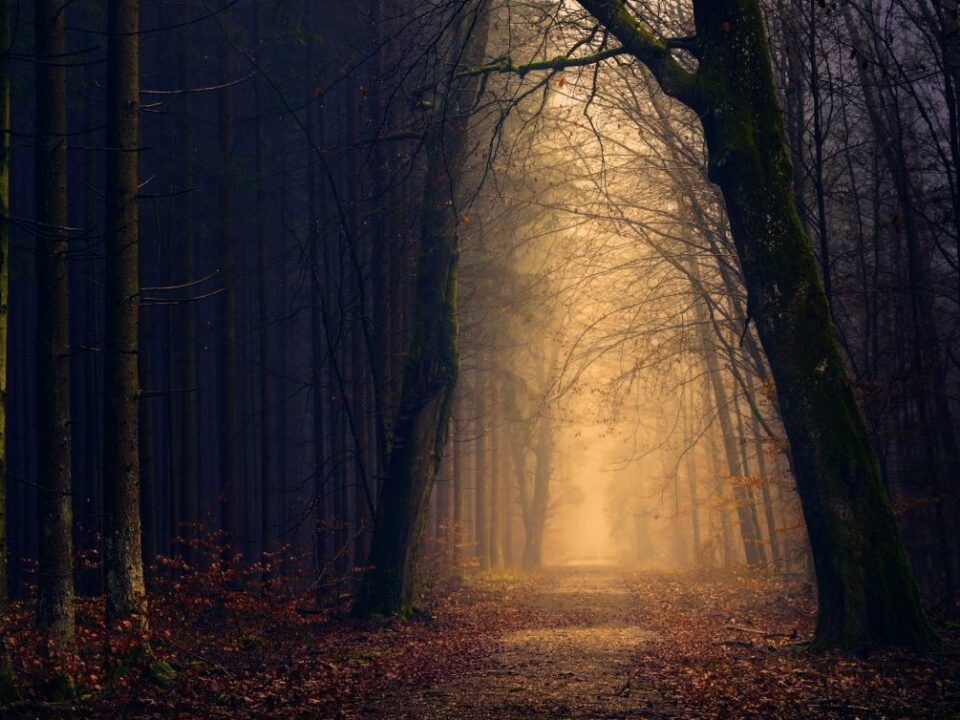What to Know about Mausoleums


After funerals at funeral homes, the casket or urn carrying the deceased loved one will be transported to the cemetery and its final resting place. That may be to an earthen gravesite or it may be to a mausoleum.
What is a mausoleum? A mausoleum is an aboveground structure that has the remains of one or more people stored in their caskets or urns in crypts. Some mausoleums are built to hold many people (Westminster Abbey in London and the Great Mausoleum at the Forest Lawn Glendale cemetery in Los Angeles, for example) and some mausoleums are built to hold a few people – spouses, for example, and their family members might be buried together in a small mausoleum. When a person is buried in a mausoleum, their burial is called entombment.
Mausoleum burials save land space, and thus are considered to be a bit more environmentally- friendly than underground burials.
Mausoleums can be found in cemeteries, at churches, and, in some cases, on private property (such as at Mount Vernon, VA, the home of former President George Washington). There are some mausoleums that are world-famous: the Taj Mahal in India, the Mausoleum of Hadrian in Rome, and Lenin’s Mausoleum in Moscow, as well as the Great Pyramids in Egypt.
There are different types of mausoleums that you’ll find in cemeteries, at churches, and on private property.
Family mausoleums are quite common around the country. These mausoleums are designed so that all members of an immediate family can be buried in the same location. These kinds of mausoleums are usually the obvious extension of families who’ve been very close to each other for generations, and as they stayed together in life, they want to stay together in death.
Family mausoleums became popular in the United States during the 1800’s, and they are ubiquitous in places that are below sea level – like New Orleans – and burial underground can be very problematic.
Another type of mausoleum you’ll find in America is public mausoleums. Most public cemeteries have a mausoleum – which is known as a community mausoleum – on their grounds where anyone can be buried. Public mausoleums are a cost-effective alternative to private or family mausoleums.
Many very large cemeteries have several mausoleums, some of which can hold thousands of entombments, on their grounds. The mausoleums vary in size and design, giving the cemeteries a pleasing aesthetic value to people who visit there. These mausoleums also usual offer special amenities to people who visit their family members who are buried there, including vases for the families to place flowers at their loved one’s tomb, and private seating areas where families can gather together to visit at their loved one’s tomb. Some even have cafes, where the families can eat before or after they visit the tomb of their loved ones.
Garden mausoleums are another type of mausoleum. These are aboveground structures that do not include indoor spaces or chapels. They simply contain crypts for casket burial. However, garden mausoleums are often designed with architectural touches like stained glass windows and statues, which make them a beautiful addition to the cemetery.
Within mausoleums the crypt configurations can vary. One type of configuration is a single crypt, which is designed to hold the casket of one person. Another type of configuration is companion crypts. Companion crypts are a good choice for spouses, because they can hold two caskets, which are placed in the crypt end-to-end so they take up the space of only a single casket.
If you need more information about mausoleums at funeral homes, our empathetic and knowledgeable staff at Hopler & Eschbach Funeral Home can assist you. You can stop by our funeral home at 483 Chenango St., Binghamton, NY 13901, or you can contact us today at (607) 722-4023.



